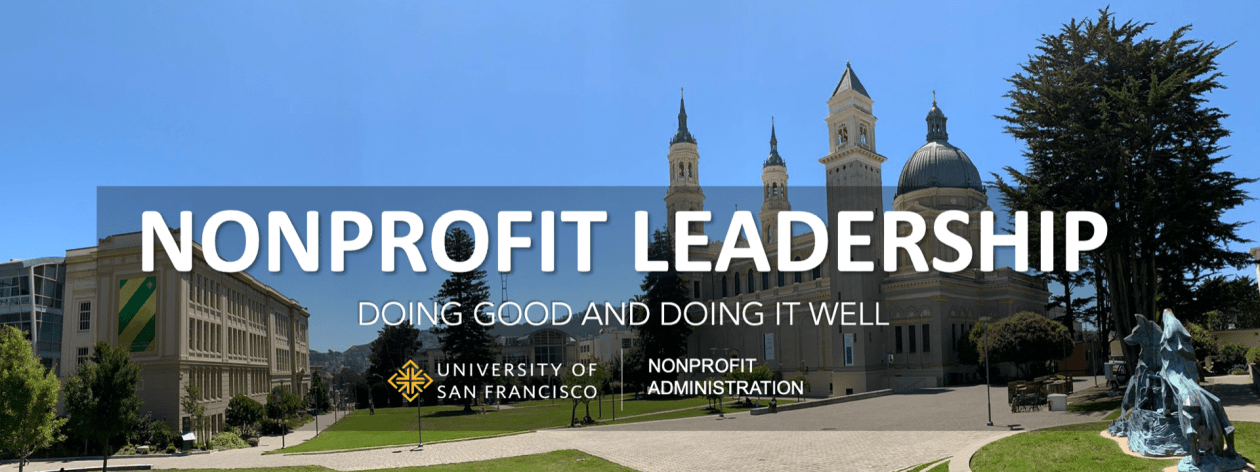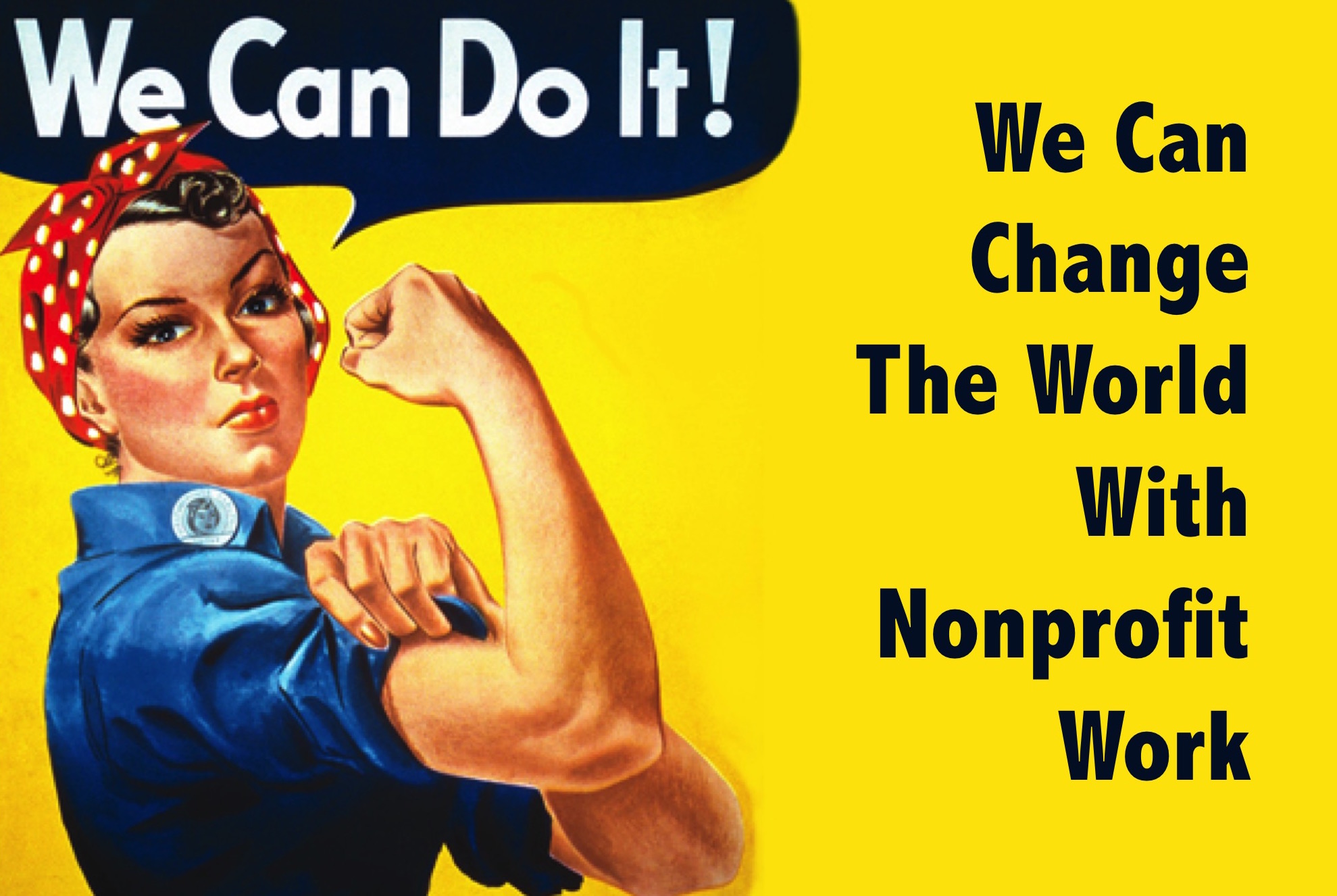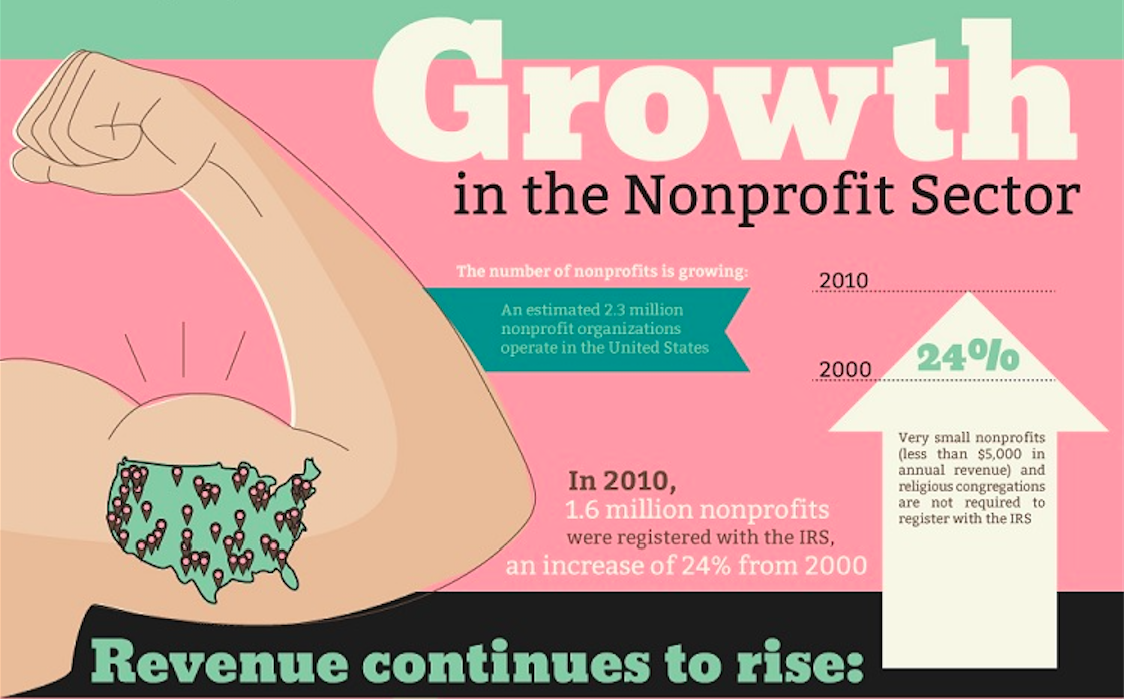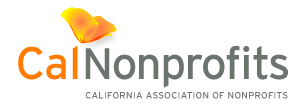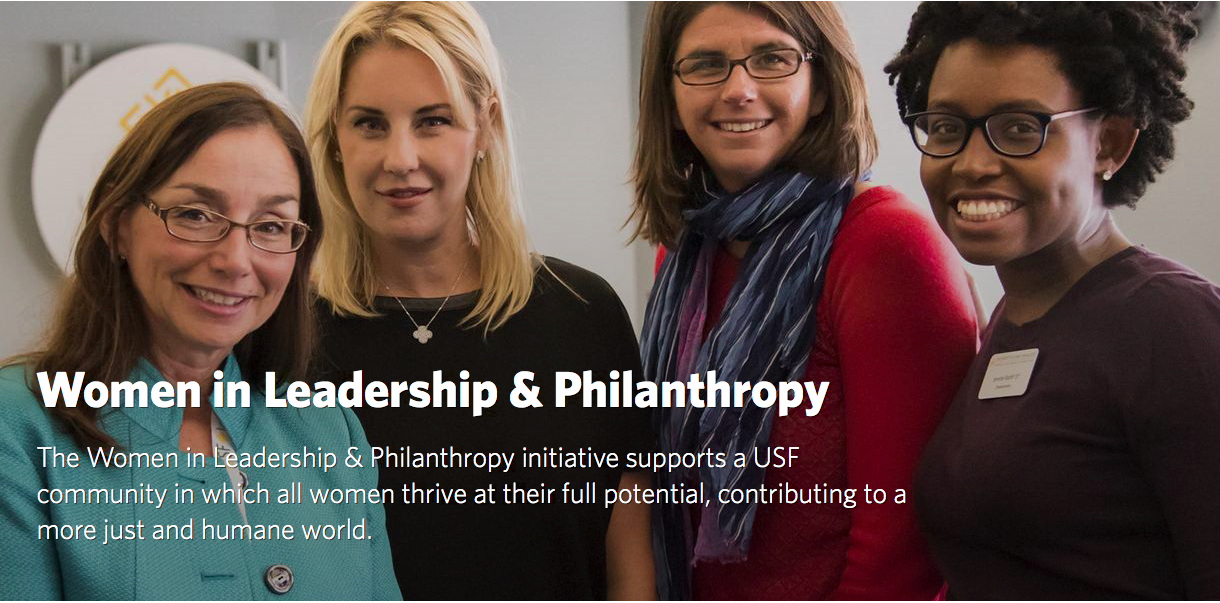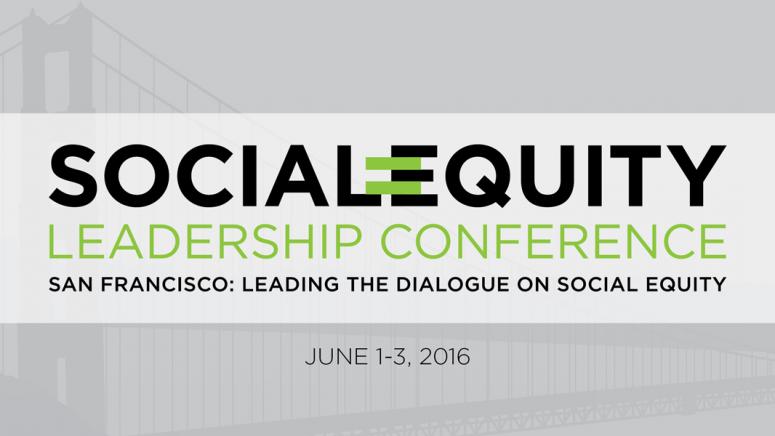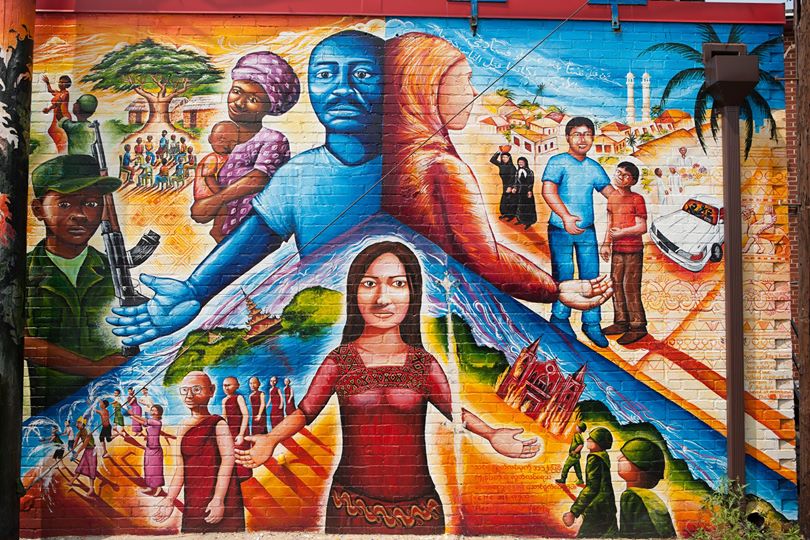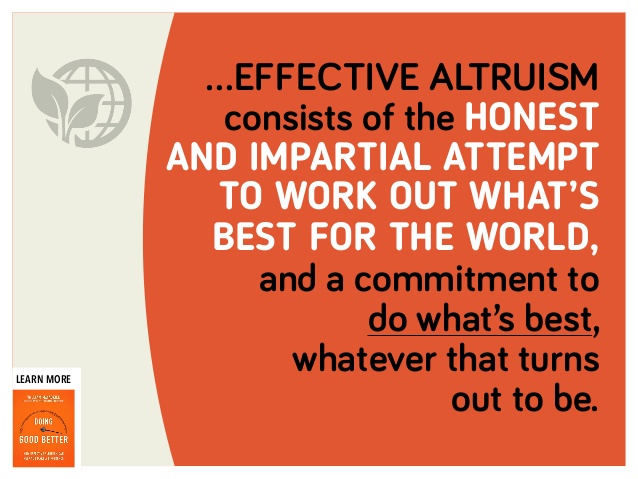The University of San Francisco (USF) students who participate in the Academic Global Immersion (AGI-Rome) on Refugee Service Management know about Aleppo. They know about the crisis in Syria, the refugees coming through the Mediterranean to Europe and the current global humanitarian crises. Unlike some of the US presidential candidates, our students get to know refugee crisis and humanitarian solutions up close. Our Programs expose students to important knowledge in the field of refugee service, refugee international law, and policy issues related to forced migration.
Since 2015, our students from the Master of Nonprofit Administration (MNA) and Master of Public Administration (MPA) have been participating in a program of the School of Management (SOM) in an international immersion and study of refugees, humanitarian emergency and international organizations. The program involves expert speakers from the UN Refugee Agency (UNHCR), Jesuit Refugee Service (JRS) along with testimonies of refugees and visits to refugee welcoming centers such as the Centro Astalli.
Our USF students participating in the AGI-Rome develop their knowledge, sensitivity and cultural competence to better respond to the current global refugee crisis. They learn about Aleppo, Syria and other conflicts and human insecurity situations forcing people to leave their homes. They learn about European policies and international laws in relation to the refugee crisis. They learn first hand about the best responses from NGOs and IGOs engaged in the services, hospitality, regulations and security related issues with asylum seekers and forced migrants. They compare the EU situations with the US policies for refugee resettlement and the Brexit syndrome with the US nationalist and anti-immigrant rhetorics. They conduct applied research projects useful to the partnering organizations and helpful for their career trajectories. They present their funding in the annual conference on Refugees with San Francisco Bay Area refugee agencies and scholars and experts in forced migrations, human trafficking and human security USF4freedom.
Participants are able to earn a Graduate Professional Certificate in Humanitarian Emergency Management (HEM) for their own professional development and earn credit towards their graduate degree. Participants earn a certificate of participation in the Academic Global Immersion Program in Rome, Italy.
